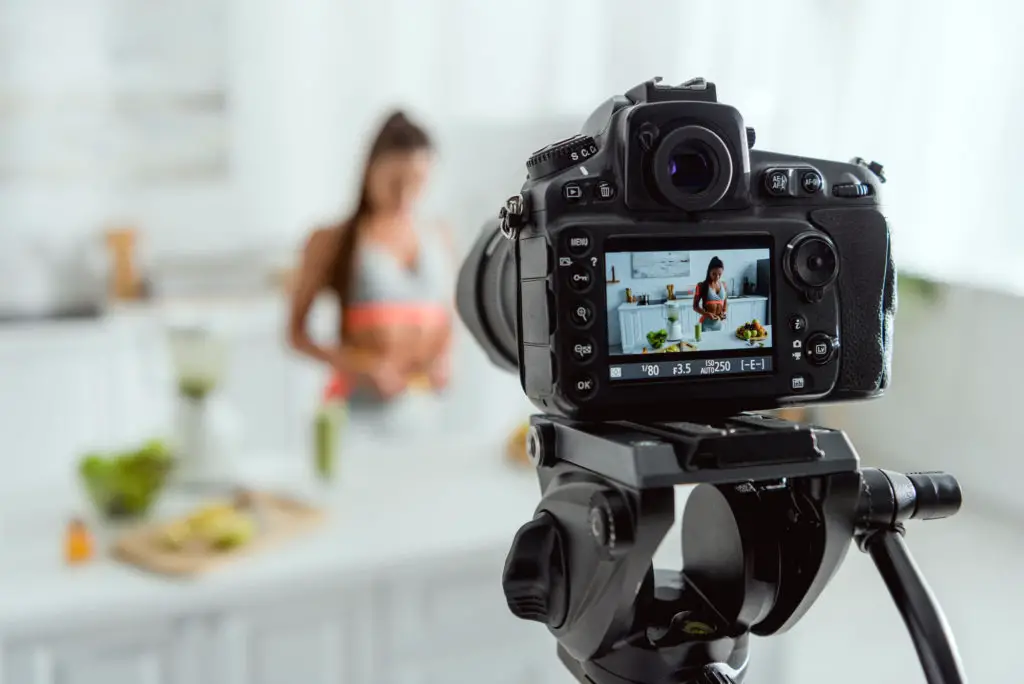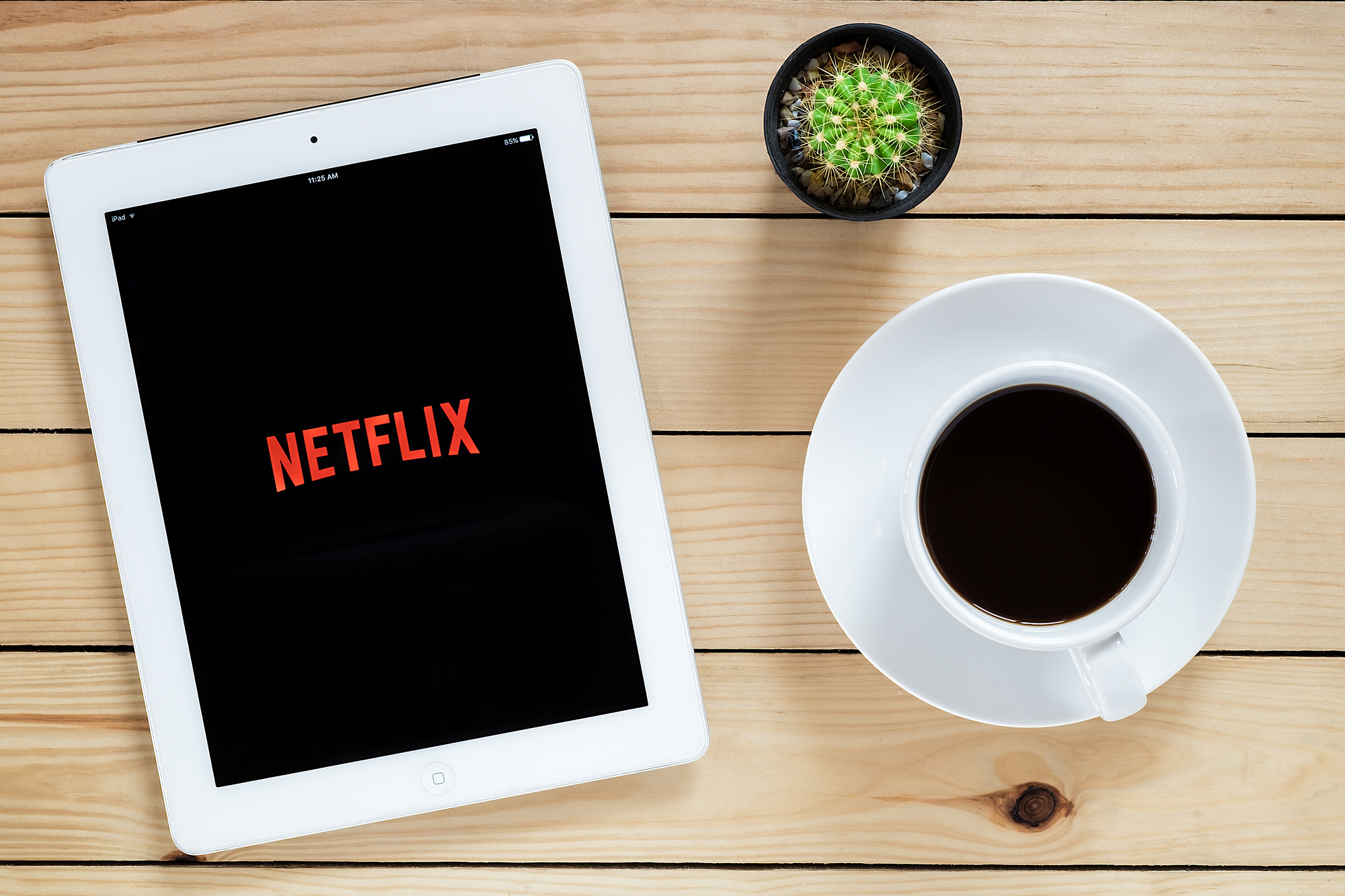Watching content in your target language with subtitles is a fun and passive way to study. But you may wonder, can you actually learn a language this way?
While you can improve your listening comprehension tremendously by watching Dutch video with subtitles, this alone is not an effective way to learn the language. If your ambition is to speak Dutch then you must also incorporate conversation practice into your study routine.
Nevertheless there are many ways to use subtitles as a tool in your Dutch learning journey. For the best result I would recommend to use this method as a supplement to a language course or your own self-study of Dutch grammar and vocabulary.
Practice listening to Dutch
Practice listening to and comprehending Dutch as early as possible when you start learning the language. Avoid the temptation to just watch content in your native language with Dutch subtitles.
This immersion in spoken Dutch will help you get used to pronunciation, flow, and frequently used vocabulary even when you’re at a beginner level.
Children’s programs
Advice for absolute beginners is often to start with children’s programs to learn Dutch. They speak slowly and clearly, and use very basic vocabulary, making it suitable for a beginner to understand.

I agree with this advice, however I know from experience that you can grow bored of children’s programs quite quickly. When it comes to language learning, don’t suffer through a method that you no longer find enjoyable!
When you’re done with children’s programs — there are so many more options for beginners, intermediates, and advanced learners.
Dutch audio with English subtitles
Watching video with Dutch audio and English subtitles (or your language of choice) is a great place to start as a beginner to elementary level in Dutch.
The key is to find something (a) that you actually find interesting, and (b) with lots of content available for you to consume. If you are interested in it, the chance is greater that you’ll stick with it long-term (even though you are trying to actively learn something and it can sometimes be difficult).
Consistency is key when it comes to a learning language. So if you can turn something educational (like practicing listening to Dutch) into something fun and entertaining — your chance of success will be much greater.
The more content there is (e.g. a series instead of a movie), the more likely it is that you will come across repeated words, expressions, and themes. This will help you solidify and master vocabulary.
First Dates
When I first moved to the Netherlands I watched a program on television (NPO 3) every evening called First Dates. Guests on the show are set up on a blind date in the First Dates restaurant and at the end of the episode they decide whether they would like to see each other again.
Every episode follows a handful of the “couples” so you see multiple dates in the 50 minute time slot. As you can imagine, after a few months I had heard the same questions hundreds of times:
- What is your name?
- Where are you from?
- Did you have to travel from far?
- What are your hobbies?
- Do you work? Or study?
- What (kind of person) do you fall for?
I learned these phrases (and variations of them) simply because of how often they were repeated. And they stuck for good!
Dutch audio with Dutch subtitles
Watching Dutch content with Dutch subtitles is great when you’re at the intermediate level and more experienced with the language.
Seeing the words textually can help you:
- catch those terms that you otherwise would miss with the audio alone
- make connections between the words that you hear and their spelling
- jot down new words that you want to translate later
Taking away your native language subtitles in exchange for Dutch will really help you identify how much you actually understand, and what you want or need to work on.
If you’re at this stage you probably are working on increasing your vocabulary. This is great for that!
As I mentioned before, you can see the spelling of new words and don’t have to completely guess what you heard.
For this reason it’s good to pick something where you’ll pick up the most vocabulary relevant to you. This is why I enjoy vlogs at the moment to hear the most conversational Dutch and “everyday life” vocabulary.

Collocational knowledge
Learning Dutch as an English speaker — you’re bound to come across several instances of verbs being used differently across the languages.
The same issue exists when it comes to prepositions. Sometimes the preposition that you think you should use (or would use in English) is not what is used in Dutch.
I’ve written more about these and other tricky Dutch topics in this article: Things you should know before you start learning Dutch.
These things are notoriously difficult to master.
If you don’t have years of exposure to Dutch (like young children for example) then you just aren’t familiar with what words have a tendency to appear together in natural language (known as collocational knowledge).
Prepositions have many of these tendencies, and a lack of knowledge or exposure to them is why we make so many errors in the beginning as language learners. We just go with the directly-translated-to-Dutch version of a phrase from our native language — which is a totally fine place to start!
If you ask me, the best way to master these things is by speaking (and being corrected) but also with plenty of immersion. Immersing yourself in as much spoken Dutch as possible is an effective way to slowly but surely build on this skill. The more you expose your ear to Dutch, the more familiar you will become with preposition combinations and verb usage in spoken Dutch.
At some point the wrong combination of words will just sound wrong to you (e.g. whether a word uses ‘de’ or ‘het’). That subconsciously happens after hearing something thousands of times in natural language.
Foreign language with Dutch subtitles
When you’re ready for a fun experiment to see how far you have come in your mastery of Dutch, try some foreign language content with Dutch subtitles!
Some months ago I was recommended a series called The Bridge, and enthusiastically went to go start it on Netflix. I then discovered that the series was spoken in Swedish and Danish and I only had the option of Dutch subtitles — no English. The series came so well recommended that it didn’t feel right giving up on it so easily.
I surprised myself with how much I understood, and ended up watching all four seasons!
This takes some dedication and a lot of focus. One small distraction (or important word missed) and you’ve completely lost the plot. But you will certainly learn new vocabulary using this method!
In summary
I would recommend anyone learning Dutch to find something in spoken Dutch that you enjoy watching, which also allows for subtitles.
Start with your native language subtitles to learn frequently used words and phrases, and get familiar with pronunciation. Look for content that you actually find interesting for the greatest chance of sticking with your study routine and meeting your learning goals.
Remember that if your ambition is to also speak Dutch, incorporate conversation practice into your day-to-day routine.
Subtitles alone will not make you fluent in Dutch, but they will help you tremendously to develop your listening skills. Be consistent and patient, and you’ll be well on your way!



